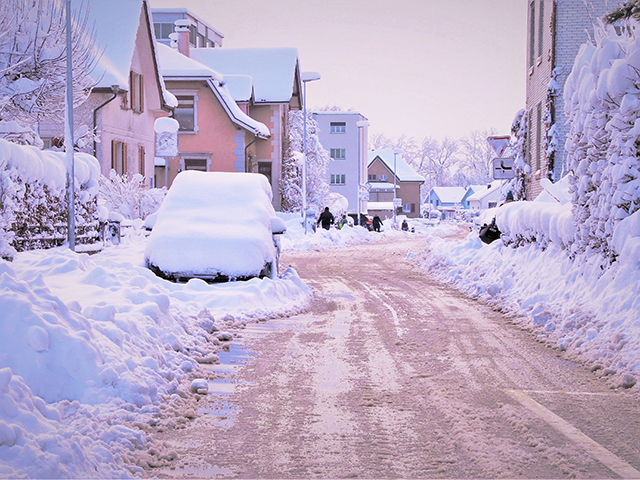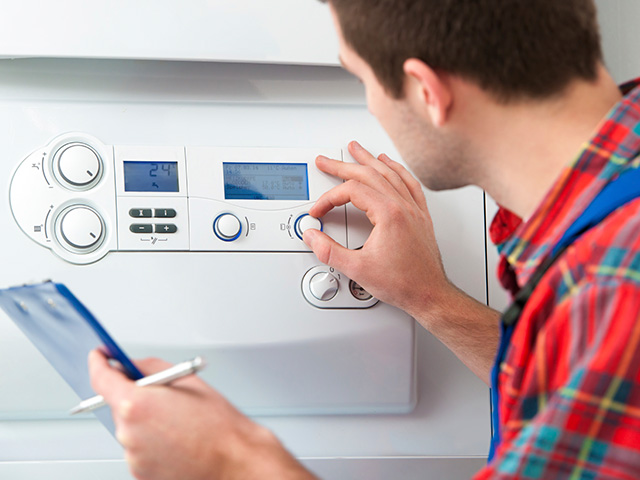
The 5 most common home problems during winter and how to fix them
As Storm Darcy tears through the UK this week, we found out the common household issues Brits are likely to experience and what you can do to prevent them

Image: Pixabay
According to research from Heating Force, extreme cold temperatures, wind and snow, and the increased used of central heating can lead to all sorts of trouble for the interior and exterior of our homes. The research involved a survey to discover the most frequent issues.
Find out what your home may be susceptible to in these winter months and how you can fix the issues when they occur.
Peeling paint
73% of those surveyed had experienced the issue of peeling paint. Once paint begins to crack or peel, it’s only a matter of time before moisture appears and begins to cause damage in your home. Ensure you have appropriate insulation, moisture barriers and sufficient ventilation in your home to try to stop this from happening.
There are also paints you can invest in which will help protect your walls and preserve paint. These are resistant to temperatures dropping and resulting condensation, one example is Dulux Weathershield, but there are plenty of others to choose from.
Air leaks and draughts
Another common issue is draughts and air leaks, usually caused by a lack of proper insulation. Luckily, there are simple solutions to this, and it can often be solved by keeping an eye on window seals, doors and attic insulation, as this is where most of the heat in a home is lost. Any leaks can be sealed with a spray foam; not only will this prevent the leak but it will also significantly reduce your utility bills. Everyone wins!
Mould growth
This is never pleasant but incredibly common, particularly in older homes and in the winter months when ventilation is more difficult. From kitchens and bathrooms, to windows and wardrobes, this is an issue that impacts the whole home. The trick to fixing it? Keep control of the moisture in your home.
Make sure the air circulation in your home is good, and invest in exhaust fans for the bathroom and kitchen for while you’re cooking, showering, or washing up. Alternatively, make sure you open windows while doing those activities as this will keep the air fresh and prevent a build up of mould. If it does occur though, act quickly. Dry out any condensation you find on windows, pipes or walls and determine the cause. This will help you to act to prevent it doing future damage.
Read more: How proper ventilation can improve your home
Boiler breakdown

Image: Boiler Guide
Not only is this stressful for your household, but for your purse strings, too! Boiler issues are never welcome, and they all too frequently go wrong during the coldest months – when warm homes and hot baths are so needed. The main causes of boiler breakdown are a loss of pressure, a faulty pipe or the pilot light going out.
Read more: What to do when your boiler breaks down
While there isn’t much you can do once one of those three things occurs, you can put the time in to limit your chances of it happening in the first place. Getting your boiler serviced annually is great for keeping an eye on it so you can prepare for potential problems and get saving, whilst also making sure it stays healthier for longer. You should also do a pressure system check, if your boiler has one, and make sure it’s matched to the manual recommendations, and you should also test the central heating timer to prevent future problems, too. Finally, keeping an eye out for any signs of leaks or damage can identify the issue quickly so is always recommended.
Have you had any of these winter home disasters? Let us know on social! Tweet us @goodhomesmag or post a comment on our Facebook page.
RELATED ARTICLES
How to prevent and unblock frozen pipes during winter
Buyer’s guide: how to shop for a new boiler
How to deal with damp in your bathroom





